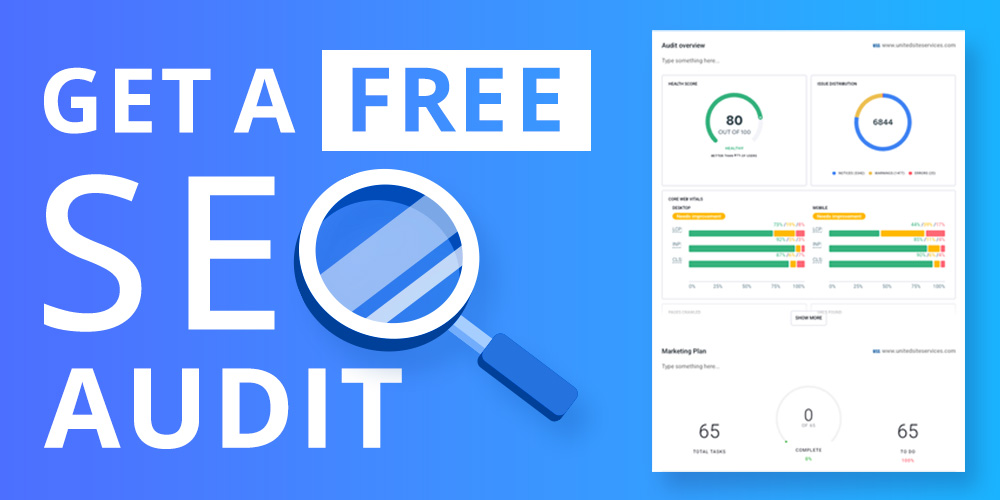デジタルセキュリティの脅威がかつてないほど深刻化する時代において、WordPressウェブサイトの保護は単なるオプションではなく、必須です。WordPressはウェブの40%以上を支えており、その人気ゆえにサイバー攻撃の格好の標的となっています。この記事では、WordPressのセキュリティ対策について詳しく説明します。 WordPressのセキュリティに関する5つのヒント WordPressサイトを強化するために必ず実装すべき事項です。それぞれのヒントは実践的な戦略としてまとめられており、ウェブサイトの安全性、応答性、信頼性を確保します。
WordPressのセキュリティ対策 #1. WordPressのログインURLを変更する
WordPressのデフォルトのログインURLは、ブルートフォース攻撃の入り口となります。URLを変更することで、不正アクセスのリスクを大幅に軽減できます。
- なぜそれが重要なのか : デフォルトのログインURL(
wp-ログイン.php または wp-admin )はよく知られており、攻撃者の標的となることがよくあります。これを変更すると、さらに難読化が進みます。
- やり方 : 次のようなプラグインを使用する WPSログインを隠す または、.htaccess ファイルを手動で変更します (上級ユーザー向け)。
- 重要な考慮事項 新しいURLは一意であり、簡単に推測できないことを確認してください。すべてのウェブサイト管理者と編集者に変更を通知してください。
まとめ :
- デフォルトのログイン URL を変更します。
- 推奨されるプラグインまたは手動の方法を使用します。
- 新しい URL を秘密かつ一意のものとして保管してください。
- 以下にリストされているセキュリティ プラグインにもこの機能があります。
WordPressセキュリティのヒント #2. プラグインとコアファイルの更新
WordPress のコアファイルとプラグインを最新の状態に保つことは、セキュリティと機能性にとって非常に重要です。
- なぜそれが重要なのか : アップデートには、ハッカーが悪用する可能性のある脆弱性に対するセキュリティ パッチが含まれることがよくあります。
- やり方 : WordPress ダッシュボードで利用可能なアップデートを定期的に確認し、速やかに適用してください。
- 重要な考慮事項 : 更新する前に、非互換性やエラーが発生した場合にデータが失われないように、バックアップが確実に行われていることを確認してください。
まとめ :
- WordPress コアとプラグインを定期的に更新します。
- 更新する前に必ずバックアップを作成してください。
- 更新については WordPress ダッシュボードを確認してください。
- 試す WordPress管理サービス
WordPressセキュリティのヒント #3. セキュリティプラグインをインストールする
セキュリティ プラグインは、ファイアウォール保護からマルウェア スキャンまで、防御層をさらに強化します。
- なぜそれが重要なのか : セキュリティ監視プロセスを自動化し、リアルタイムの保護を提供し、回復を簡素化します。
- 推奨プラグイン : パッチスタック , ワードフェンス , スクリ、 マルカレ .
- やり方 : ニーズと予算に合ったプラグインを選択してください。提供されている手順に従ってインストールと設定を行ってください。
まとめ :
- 専用のプラグインでセキュリティを強化します。
- Patchstack、WordFence、Sucuri、Malcare を検討してください。
- 監視と保護を自動化します。
- 推奨される4つのセキュリティプラグインはすべて無料版があります wordpress.org
WordPressセキュリティのヒント #4. ログイン試行回数を制限する
ログイン試行回数を制限すると、ブルートフォース攻撃を阻止できます。
- なぜそれが重要なのか : 攻撃者が繰り返し試行してパスワードを推測するのを防ぎます。
- やり方 : 次のようなプラグインを使用する ログインロックダウン または Jetpackのブルートフォース攻撃防御 特徴。
- 重要な考慮事項 ログイン試行回数に適切な制限を設けてください。正当なユーザーに過度の迷惑をかけずに攻撃を阻止できるロックアウト期間を設けてください。
まとめ :
- ブルートフォース攻撃を防ぐためにログイン試行を制限します。
- プラグインを使用すると、このセキュリティ対策を迅速かつ簡単に実装できます。
- セキュリティとユーザーの利便性のバランスをとります。
- 推奨される 4 つのセキュリティ プラグインにはすべてこの機能があります。
WordPressセキュリティのヒント #5. ファイル編集を無効にする
WordPress ファイル エディターは、権限のないユーザーがアクセスするとセキュリティ上のリスクになる可能性があります。
- なぜそれが重要なのか : 攻撃者がダッシュボードを通じて悪意のあるコードをサイトに直接挿入するのを防ぎます。
- やり方 : 追加
'DISALLOW_FILE_EDIT' を true で定義します。 wp-config.php ファイルに追加します。
- 重要な考慮事項 この対策は慎重に実施してください。正当な管理者が必要に応じてファイルを編集できる代替手段を確保してください。
まとめ :
- コードインジェクションを防ぐには、WordPress ファイルエディターを無効にします。
- このセキュリティ対策を実装するには、wp-config.php ファイルを使用します。
- 管理者レベルのユーザーに代替ファイル編集オプションを許可します。
- 推奨される 4 つのセキュリティ プラグインにはすべてこの機能があります。
結論
これらの5つのセキュリティ対策を実践することで、WordPressウェブサイトを多くのサイバー脅威から大幅に強化できます。ウェブサイトのセキュリティ対策は一度きりの作業ではなく、継続的な監視、更新、そして防御策の調整です。常に警戒を怠らず、常に最新の状態を維持することで、WordPressウェブサイトはデジタル領域において安全で信頼できる資産であり続けるでしょう。
さらに詳しい情報やガイドについては、公式WordPress Codexや信頼できるセキュリティブログをご覧ください。大きな変更を加える前には必ずサイトのバックアップを取り、セキュリティ専門家に相談して個別のアドバイスや戦略を得ることを検討してください。
これらのWordPressセキュリティに関する5つのヒントに従うことで、サイバー攻撃のリスクを大幅に軽減し、サイトの整合性を守ることができます。ウェブサイトのセキュリティ維持は、定期的な更新と継続的な監視を必要とする継続的なプロセスであることを忘れないでください。常に積極的に対策を講じ、潜在的な脅威からWordPressサイトを守りましょう。





返信を残す
あなたは ログイン コメントを投稿するには。